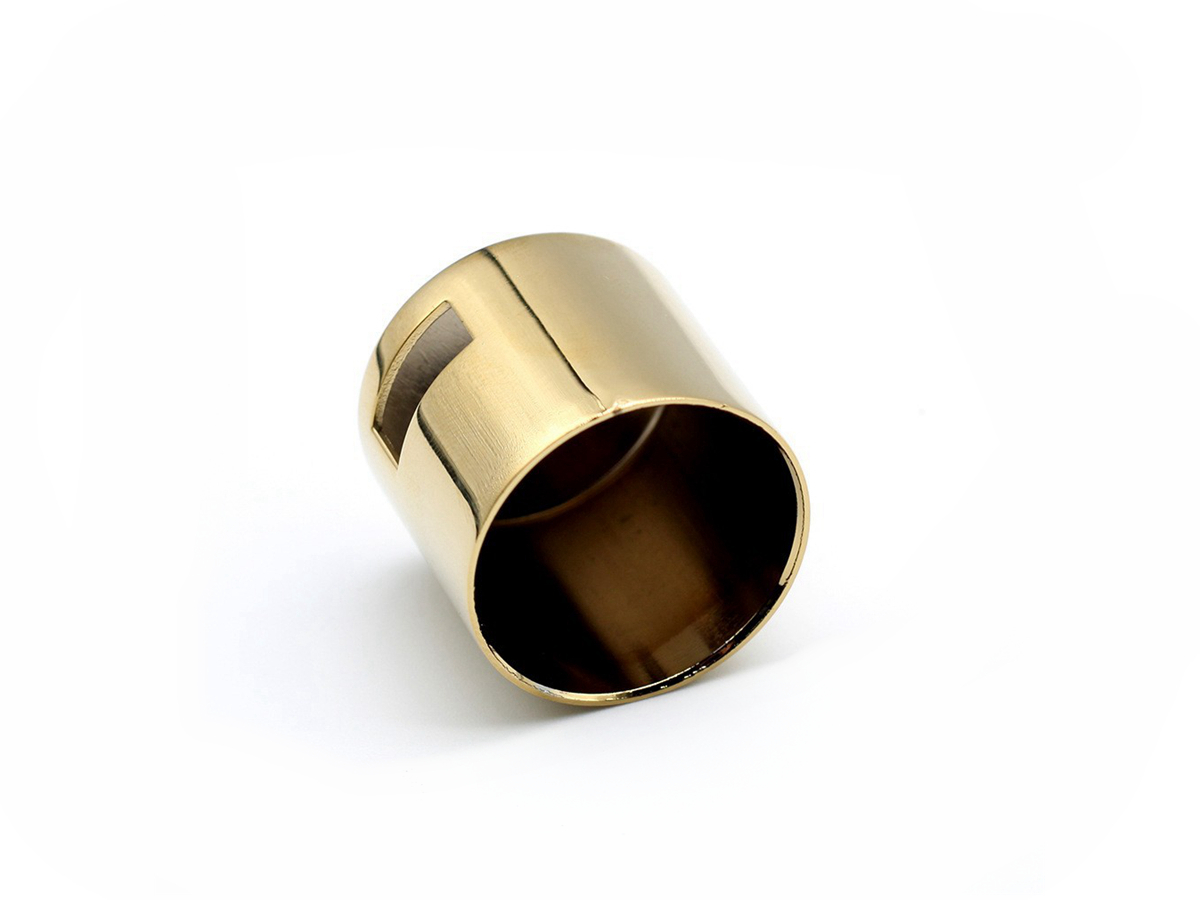Miniaturization and Precision: Zamak Die Casting's Impact on Consumer Electronics Manufacturing
Introduction: Precision Engineering for Miniaturized Electronics
Zamak alloys revolutionize compact electronics through Zamak die casting, enabling 0.25mm wall thickness in components like micro-connectors and sensor housings. The hot-chamber process achieves cycle times under 15 seconds, which is ideal for the high-volume production of wearables and IoT devices.
With Zamak 5 offering 345 MPa tensile strength, micro-components withstand 10G vibrations while reducing weight by 45% vs stainless steel. Advanced alloys like ZA-8 ensure 0.6μΩ·m resistivity, which is critical for stable signal transmission in 5G/WiFi 6E modules.

Precision Manufacturing for Microelectronics
Step 1: Ultra-Fine Mold Design H13 steel molds with 0.0015mm surface finish replicate 0.1mm grooves and pins, optimized for Zamak alloys to eliminate flash.
Step 2: Micro-Injection Technology Zinc at 435°C fills 0.2mm channels via vacuum-assisted hot-chamber casting, achieving 99% density for EMI-sensitive parts.
Step 3: Nano-Scale Finishing Laser trimming achieves ±2μm accuracy on RF antenna contacts, ensuring <0.1dB signal loss.
Material Intelligence: Zamak's Micro-Electronics Edge
Alloy | Key Properties | Applications | Competitive Edge |
|---|---|---|---|
85 HRB hardness, Ra 0.4μm finish | MEMS switches, Micro-USB ports | 50% faster cycles vs brass machining | |
345 MPa strength, 1.5% elongation | Drone motor mounts, Smartwatch crowns | Survives 200k+ hinge cycles | |
0.6μΩ·m resistivity, 130°C stability | 5G mmWave antenna bases | 35dB EMI shielding at 28GHz | |
99.99% purity | Implantable medical sensors | ISO 10993-5 biocompatibility certified |
Expanded Applications:
Hearing Aids: Zamak 7 enables 0.3mm-thin casings with zero MRI interference.
AR Glasses: ZA-8 dissipates 5W processor heat in <10mm³ spaces.
Surface Engineering: Enhancing Micro-Device Reliability
Electropolishing
Function: Electropolishing removes sub-micron burrs to ensure 0.05Ω contact resistance.
Properties: Ra 0.1μm finish, 50% lower corrosion risk
Applications: Neural probe contacts, micro-SIM slots
PVD Coating
Function: PVD coatings apply 0.3μm conductive layers for 60dB EMI shielding.
Properties: 1,800Hv hardness, 200+ color options
Applications: Smartphone antenna brackets, AR lens frames
Black Oxide
Function: Black oxide prevents galvanic corrosion between Zamak and PCB solders.
Properties: 0.5μm thickness, 120hr salt spray resistance
Applications: Automotive ECU housings, industrial IoT nodes
Competitive Edge: Zamak vs Alternative Metals
Material | Density (g/cm³) | Thermal Conductivity | Cost Efficiency |
|---|---|---|---|
Zamak 5 | 6.6 | 113 W/m·K | $0.25/component |
Aluminum 6061 | 2.7 | 167 W/m·K | $0.55/component |
Brass C360 | 8.5 | 115 W/m·K | $1.20/component |
Production Excellence: Solving Micro-Fabrication Challenges
Challenge | Technical Solution | Performance Outcome |
|---|---|---|
Micro-Porosity in Thin Walls | Vacuum-assisted hot-chamber casting reduces gas entrapment by 95% | Achieves 99.9% density in 0.2mm walls |
Signal Loss at High Frequencies | ZA-8 alloy paired with PVD-coated signal paths | <0.2dB attenuation at 40GHz (MIL-STD-461G) |
Insert Bonding Failures | Laser-textured steel inserts enhance Zamak adhesion by 80% | 50N/mm² bond strength (ISO 527-2) |
Micro-Crack Formation | Sequential cooling with ±1°C precision prevents thermal stress | 0 defects per 10k cycles (IEC 60068-2-6) |
Cosmetic Defects on Surfaces | Robotic electropolishing ensures Ra <0.1μm | Class A finishes for luxury wearables |
Industry Applications: Powering Miniaturized Tech
Medical Devices:
0.2mm-thin insulin pump gears with 500k+ cycle life
Sterilizable endoscope joints (autoclavable at 135°C)
Consumer Tech:
0.3mm TWS earphone hinges surviving 1m drops
Foldable phone antenna arrays with 28GHz 5G support
Industrial IoT:
Vibration-resistant sensor housings for Industry 4.0
EMI-shielded PLC terminals for smart factories
Case Studies:
FAQs
How does Zamak 7 ensure biocompatibility for implants?
Can ZA-8 alloy support 60GHz WiFi applications?
What's the minimum achievable wall thickness for Zamak 3?
How does PVD coating affect RF signal integrity?
Is Zamak suitable for high-vibration drone motors?
